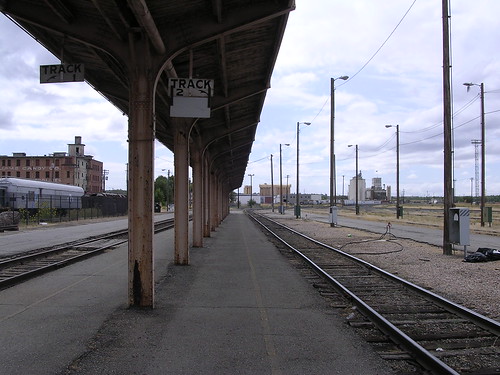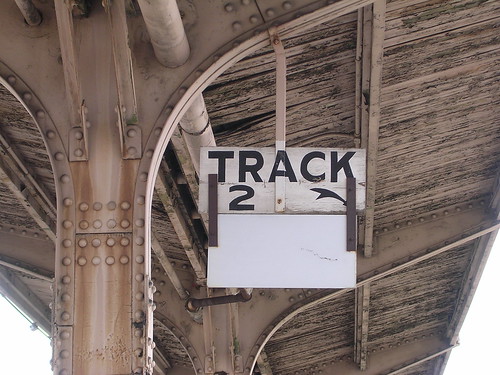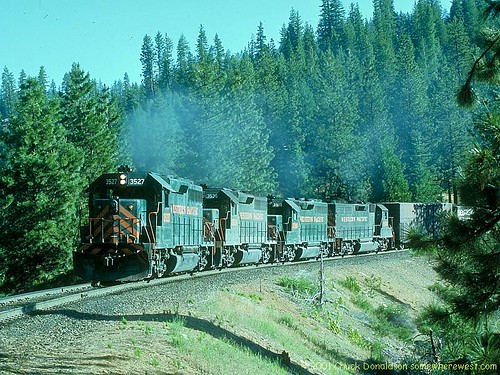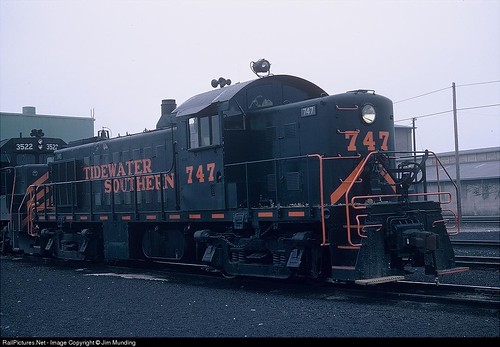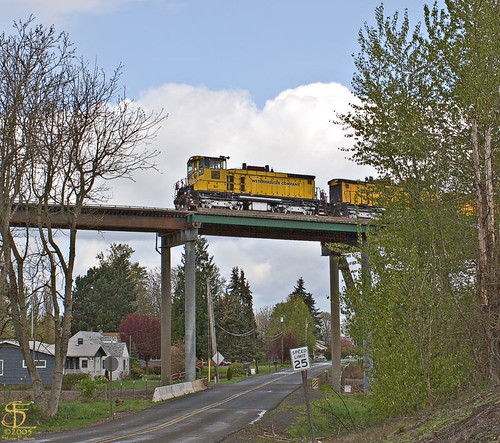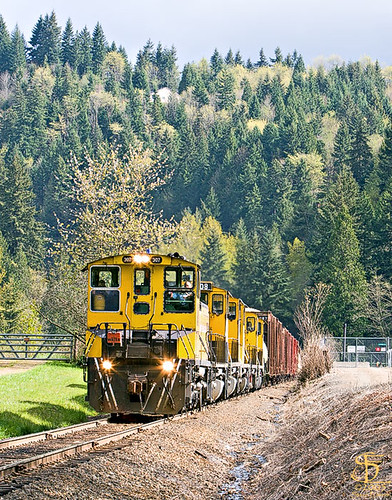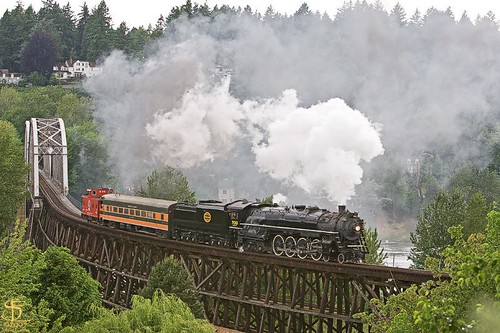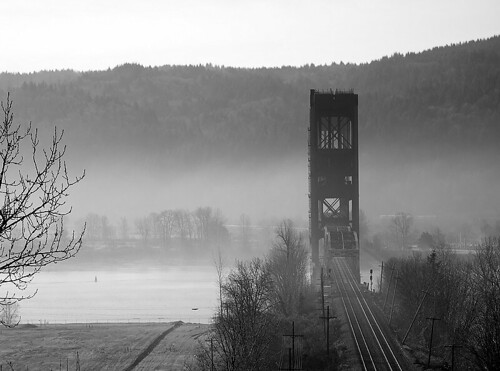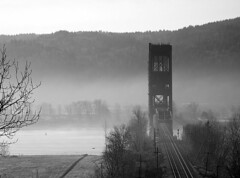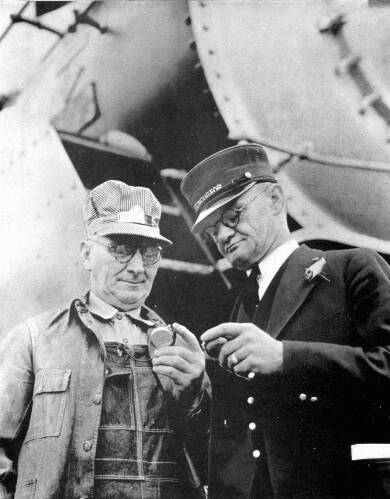Eight sheep remain after being chasedAssuming I understood the radio report correctly, the railroad was assisting in the cleanup, although whether they would pick up the bill was not clear.
THE ASSOCIATED PRESS
SPANISH FORK -- Just eight sheep remain from a flock of 132 that was hit by a train after being chased to the tracks by a dog, the owners say.
Jim Jensen, one of four people who own the group of sheep, said 13 immediately survived the accident but five have since died, and, "There's a couple more of those -- two more at least -- that I'm not sure will make it."
The owners have been raising the registered Suffolk and Hampshire sheep for 20 years, entering them in livestock shows and selling them to 4-H and Future Farmers of America clubs. It would cost up to $1,300 to replace each of the sheep, said Jensen, who works for Utah State University's extension service in Provo. The sheep, many of which were pregnant, were in a fenced area on Jensen's property on the night of the accident, he said. A dog owned by a resident in west Spanish Fork started to chase them.
To get away from the dog, the sheep ran through an electric fence, then onto nearby Union Pacific railroad tracks, where they were hit by a train. The dog that chased the sheep was still in the area and police allowed the sheep owners to shoot it, Jensen said.
"You're responsible to take care of your own dog, to make sure it's tied or kenneled and not bother others," he said.
Questions remain about the liability. Jones blames both the dog owner and Union Pacific.
"It is their (Union Pacific's) responsibility to keep the tracks fenced and cattle guard in front of them," Jensen said.
A spokesman with the Omaha, Neb.-based railroad said the incident is under investigation.
"Typically, we do not have fences on our property," said Mark Davis, spokesman for Union Pacific. "Usually, responsibility for maintenance of these fences is that of the property owner."
This story appeared in The Daily Herald on page C2.
The railroad line in question is the old Denver & Rio Grande Western mainline between Salt Lake and Denver, just west of the mouth of Spanish Fork canyon.
I would be surprised if the railroad was held liable; trains cannot stop quickly. Basic physics. The dog's owner is out a dog, and possibly a lot more.
Just a sad waste.
